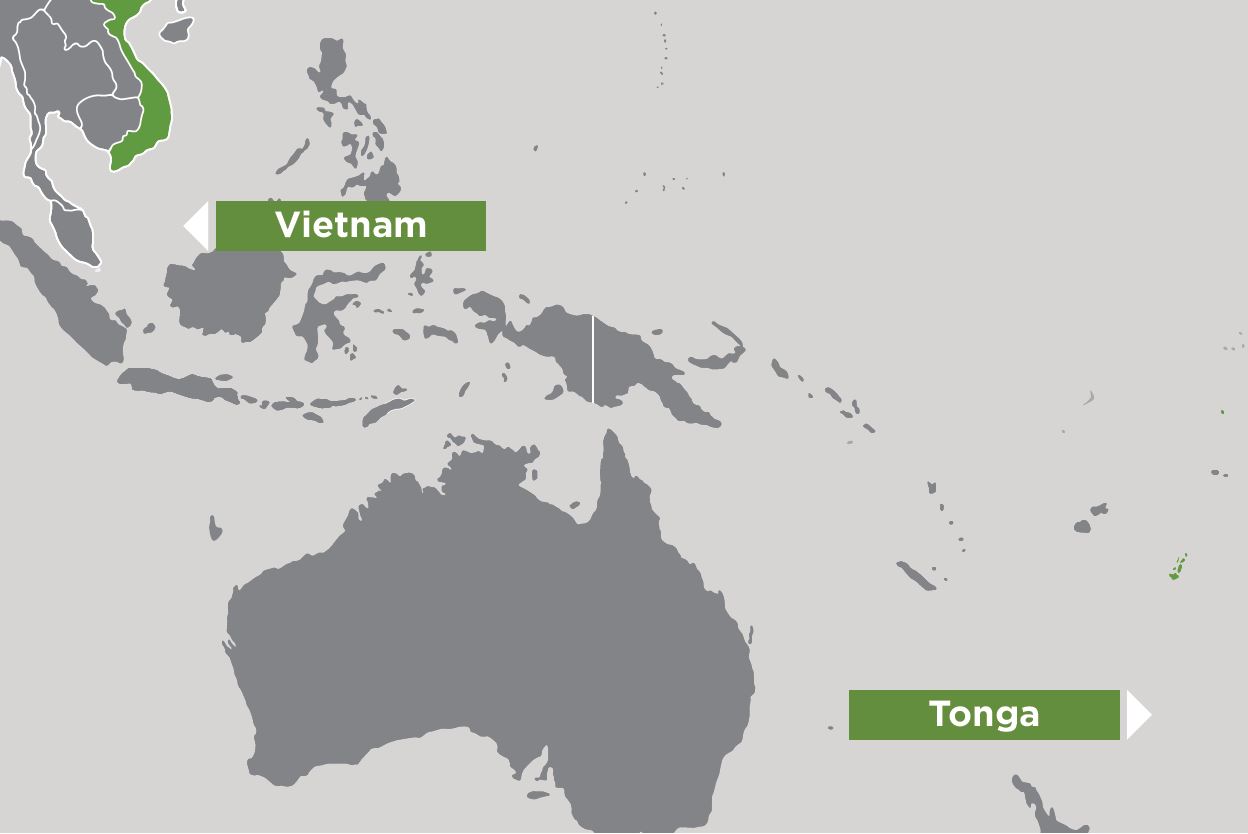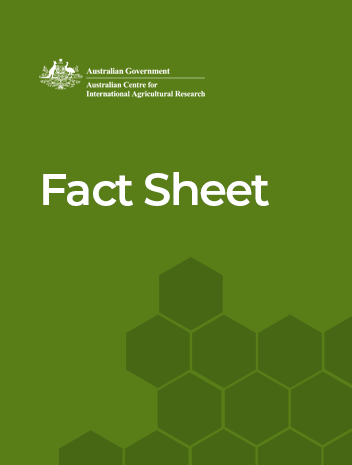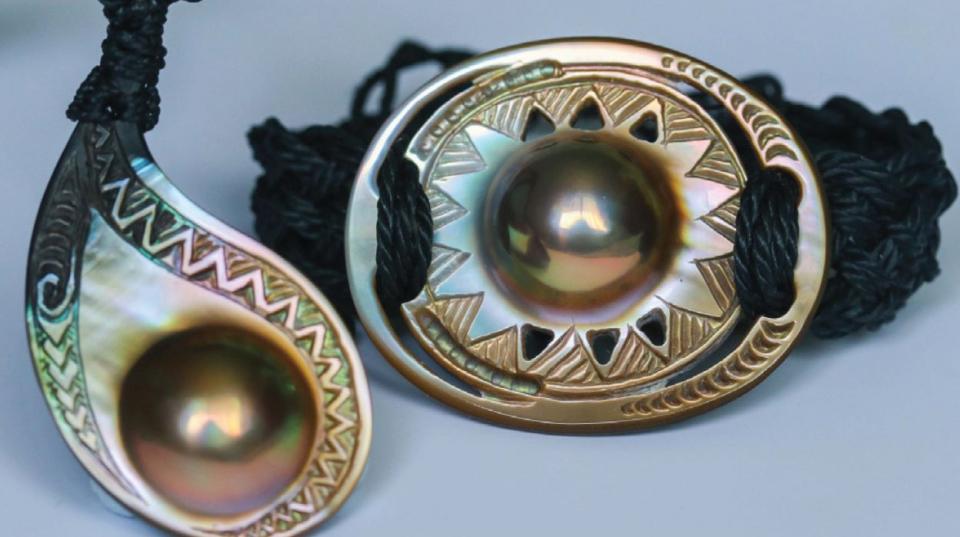Overview
This project is supporting expansion of community-based pearl farming in Tonga and demonstrating the feasibility of similar development in Vietnam.
Production of half-pearls, or ‘mabé’, is unique to Tonga. Produced by the winged pearl oyster (Pteria penguin), half-pearls are generally less valuable than round pearls, but individual oysters can produce multiple half-pearls (unlike round pearls). Pearl production can be accomplished by community members over a 10-month culture period, compared to about two years for round pearls.
Cultured half-pearls now generate significant income in coastal communities in Tonga including down-stream livelihood activities through handicraft production, mainly by women.
Technical support is now required to maintain current industry momentum and assist development of new community-based pearl farms. Pteria penguin oysters are also found in Vietnam but are not utilised for mabé or handicraft production.
This project will improve husbandry methods to support increased oyster production for sustainable industry expansion; assess the potential of half-pearl farming in Vietnam; and evaluate socioeconomic aspects of half-pearl culture in Tonga and Vietnam.
Expected project outcomes
- Expanding half-pearl culture and associated activities in Tonga, providing broader income generating and livelihood options at a community level and improved potential to generate export income.
- Establishing a new aquaculture commodity in Vietnam, contributing to domestic and export earnings of a country with an established aquaculture industry.
- Economic and social impacts resulting from more reliable oyster culture methods and industry expansion, including increased opportunity for export income, greater opportunity for individuals and community groups to engage with pearl culture and associated activities (i.e. handicraft production), and improved livelihood opportunities particularly for women and youth.
- Increasing capacity for a sustainable culture of pearl oysters within partner organisations and more broadly within industry stakeholders.






